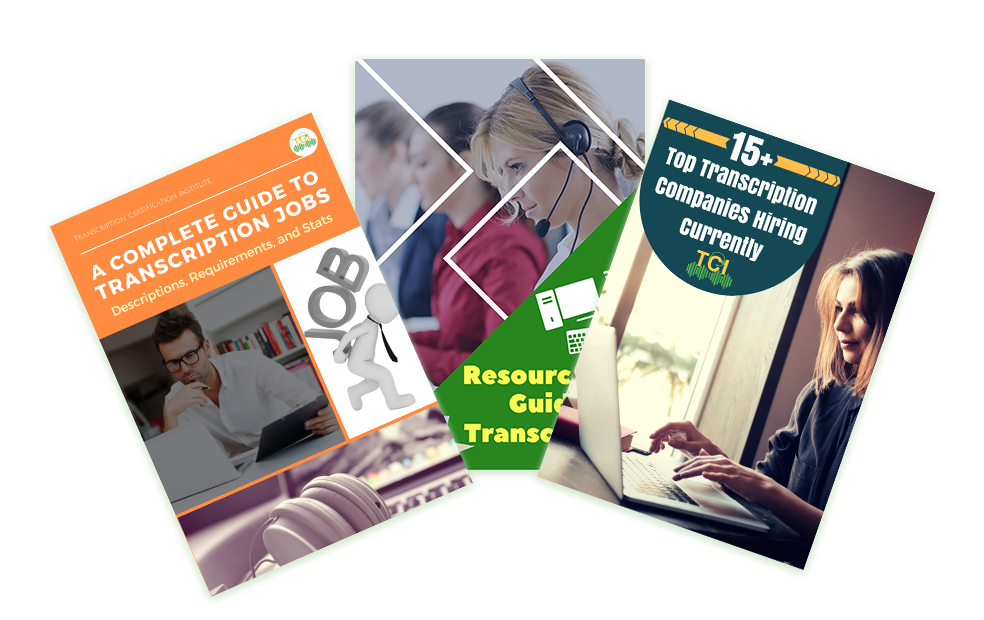
The demand for transcription services has been increasing over the last few years. Today, businesses require transcription services for various reasons such as record keeping and in-house training purposes. With the increase in demand for transcription services, more transcription companies have popped up. As a transcription services provider, how can you stand out from the competition and achieve your business goals? The answer lies in using transcription technologies.
There are various technologies you can use to give your transcription business an edge over the competition. The technologies can help to improve efficiency, speed, and accuracy of your transcriptions. This means you can complete clients' projects faster and accurately without the need of additional employees. This can lead to long-term projects from clients. One of the transcription technologies you should use is speech recognition software. The software allows you to transcribe projects through dictation. With a speech recognition software, you can create transcription documents faster than you would by typing. The dictation software is crucial for service providers that handle heavy transcription work from clients in different industries.
Also Read: 5 Characteristics That Define a Professional Transcriptionist
Today, manual transcription services are being phased out by innovative companies, which are increasingly relying on software to automate the transcription process. As a result, projects that could take weeks to be delivered are now being completed within 24 to 48 hours. Transcription specialists must be trained to use these specialized software for data processing. Some of the key benefits of the transcription software include:
The voice capture and speech recognition abilities of the software make it easy for transcriptionists to capture clients' dictation with utmost accuracy. Clients can submit dictations through phone, personal digital assistants (PDAs) or other recording devices to make audio files. This process is more accurate than conventional methods of using voice capture technologies.
Some projects, especially those from clients in specialized industries such as medical and legal, may contain terminologies and phrases that a transcription specialist may not understand. However, this is not a problem when you have transcription technologies such as industry software. For example, if you work with medical industry clients, a medical transcription software will be essential in your operations. The software can be incorporated with a medical spell checking function to save time in the grammar process.
When a client's report has passed quality control and is ready to be submitted, transcription technologies can be used to make the document available in different formats. For example, you can use software to send the report to the client through email for easy printing or synchronized it to his/ her computer or handheld devices.
Most transcription software supports different audio and video file formats. This means you can work with clients using different technologies to record their projects. When you have such a software, you won't need additional hardware or software for opening or encoding clients' files.
Transcription software has intuitive user interfaces that make editing quick and simple. If there are any errors in a transcription document that have to be edited, everything can be done through the software. The software allows for simple editing with keyboard shortcuts and text editing tools. Using the software improves the accuracy of reports and reduces project turnaround times.
Some transcription software also has time stamp functions. Transcriptionists can use the functions on their data with a touch of the button. This improves their turnaround time and accuracy in transcribing the documents.
Finally, transcription software can be integrated with various third-party applications. For example, clients in the legal and medical industry can easily store the transcribed data in applications like cloud storage software for easy retrieval in future. Through integration with third-party programs, transcription software can ensure that information is always available when needed. You can improve your transcription skills by using various free online tools and resources. Find the tools for the specific type of transcription you engage in and learn how to use them to get an edge over the competition. You can also learn more on challenges faced by the general transcriptionists today and how to overcome them. And, if you have any queries related to transcription, you can contact us. We feel glad to help you find solutions to your question.
Your TRANSCRIPTION CAREER CAPSULE to Help You BOOST Your Potential
Latest Industry News, Jobs, Tips and More..

Comments are closed